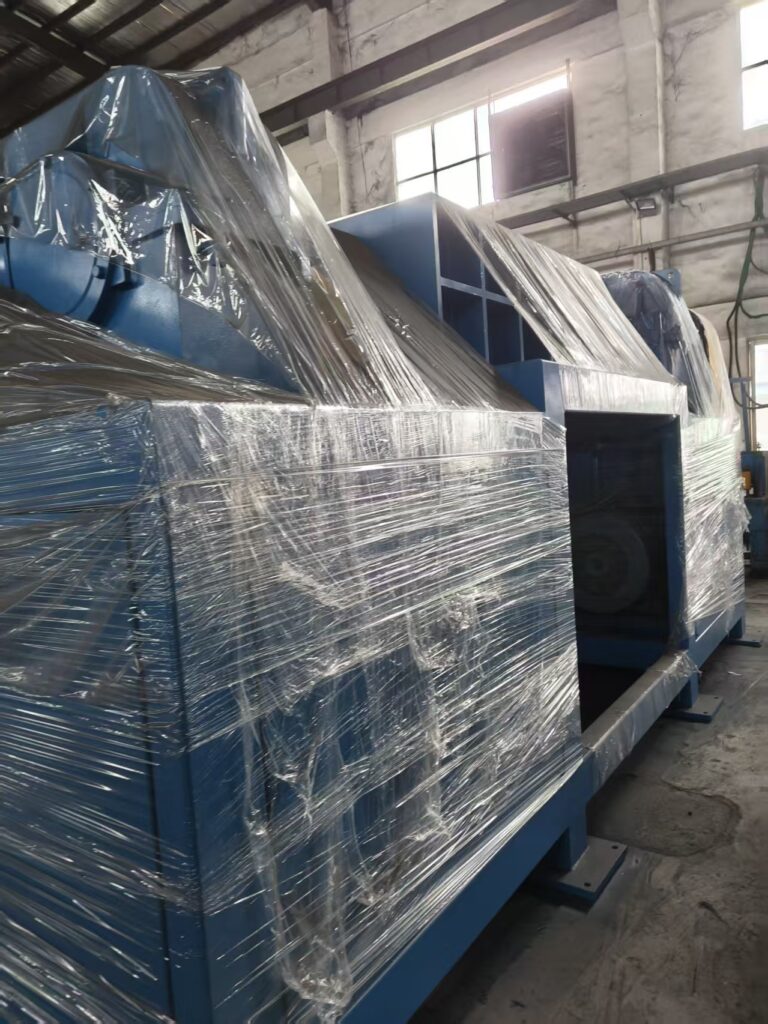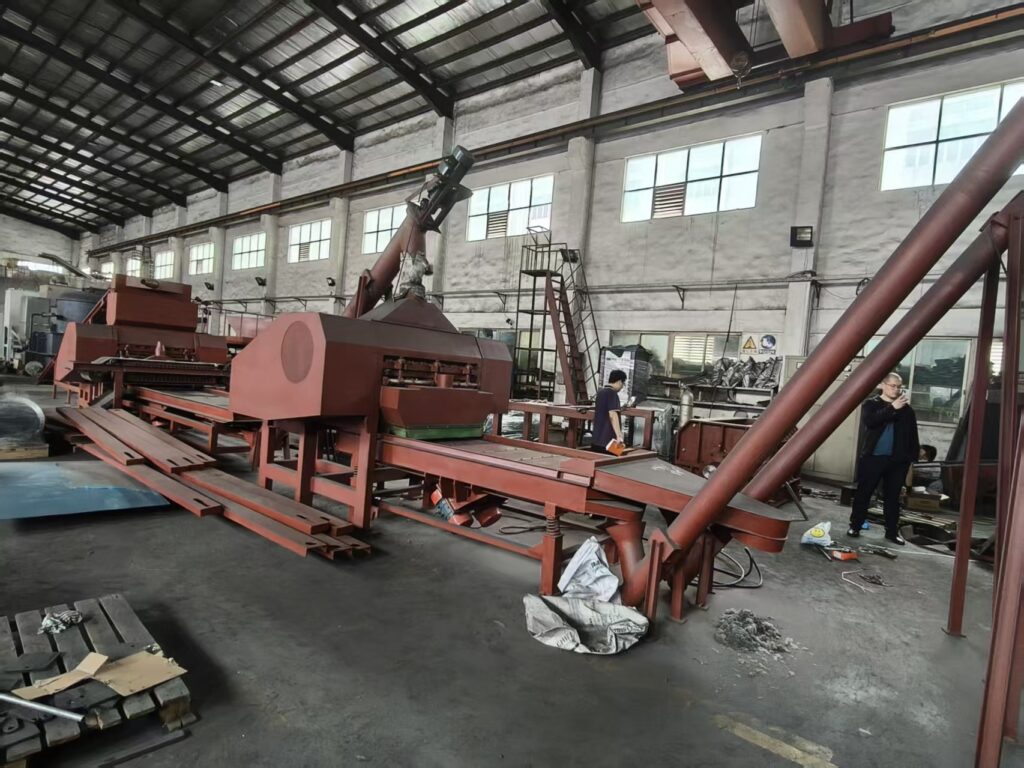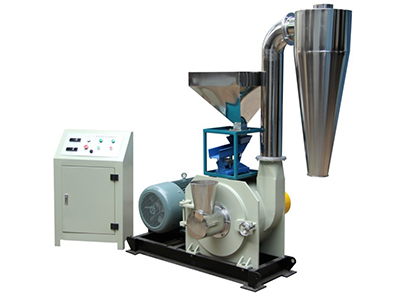Plastic waste invades our landfills.
It clogs our rivers.
It harms wildlife.
I see it every day.
It frustrates me.
The problem is urgent.
Recycling rates lag behind my ambitions.
Tons of plastic slip through cracks.
It’s costly to sort.
It’s energy‑intensive to clean.
Contaminants spoil batches.
Size inconsistencies hamper downstream processes.
The pain is real.
We need a solution.
We need efficiency.
We need innovation.
That’s where plastic pulverizing equipment comes in.

At a glance, advanced plastic pulverizers crush mixed plastics into uniform, dust‑controlled granules. They remove contaminants. They optimize particle size. They boost throughput. They cut energy use. They enable tighter screening. They integrate with washing lines. They deliver cleaner plastic flake. This drives recycling rates up by 30 % and resource utilization by 25 % within weeks of installation. With adjustable rotor speed and smart sensors, they adapt to various resin types. They turn waste into feedstock.
Ready for the deep dive?
Great.
We’ll break down the challenges.
We’ll explore the tech.
We’ll highlight best practices.
We’ll share case studies.
We’ll show how Amige’s machines set new benchmarks.
What challenges does plastic recycling face that pulverizing addresses?
Plastic recycling struggles with inconsistent input.
Mixed resins.
Labels.
Adhesives.
Dirt.
Moisture.
These factors clog screens.
They jam grinders.
They lower yield.
Manual sorting is slow and error‑prone.
Contaminants escalate processing costs.
According to industry estimates, contamination can add up to 15 % extra handling expenses
Variations in flake size reduce washing efficiency.
Oversized particles bypass filters.
Undersized dust slips through magnets.
The result?
Wasted material.
Lower throughput.
Higher energy use.
Pulverizing tackles these issues head‑on by standardizing particle dimensions pre‑washing.
How does pulverizing equipment work to improve recycling rates?
Pulverizers use high‑speed rotors.
They shear plastics into smaller fragments.
Screens of various mesh sizes ensure uniform granules.
Dust extraction systems capture fines.
Magnetic separators remove metal contaminants.
For example, twin‑shaft pulverizers can process over one ton per hour with minimal blockage .
Pre‑conditioning units heat or cool material.
That reduces elasticity.
It boosts breakage efficiency.
Controlled feed rates prevent surges.
Smart control panels monitor torque and power draw.
They adjust rotor speeds in real time.
The result is consistent flake size.
That enhances washing.
That raises pellet quality.
That lifts recycling rates by double digits.

What key features distinguish high‑efficiency pulverizers?
Top‑tier pulverizers include adjustable screen changers.
They let operators match output size to feedstock.
They feature replaceable liners to reduce wear.
They have integrated cooling jackets to prevent heat‑related melting.
Dust collection modules maintain clean work areas.
Vibration sensors detect imbalance early.
Safety interlocks shut down the machine on faults.
Energy‑saving AC drives decrease power consumption by up to 20 %.
Modular design allows quick rotor swaps.
Remote monitoring enables predictive maintenance.
CIP ports let cleaners wash internal surfaces without disassembly.
These features combine for greater uptime.
They reduce operating expenses.
They improve overall equipment effectiveness.
How can operational parameters be optimized for maximum yield?
Operators must tune feed rate.
Too fast? The machine stalls.
Too slow? Throughput drops.
Screen mesh size influences granule distribution.
Coarser mesh yields larger nuggets.
Finer mesh creates powder that may clog filters.
Moisture content affects brittleness.
High humidity needs pre‑dryers.
Rotor speed should match plastic type.
Higher RPMs suit rigid polymers.
Lower RPMs work for flexible films.
Temperature needs monitoring.
Excessive heat melts plastics around rotors.
Scheduled calibration of sensors ensures accuracy.
Data‑logging of power draw highlights inefficiencies.
Regular audits help refine settings.
Continuous optimization drives up resource utilization across the recycling line.
What maintenance and safety practices maximize equipment uptime?
A solid maintenance schedule is key.
Daily inspections catch loose bolts.
Weekly liner checks prevent wear spikes.
Monthly bearing lubrication extends motor life.
Operators must clear blockages safely.
Lockout‑tagout procedures guard against accidental startups.
Dust filters need regular cleaning to maintain suction.
Vibration analysis spots imbalances.
Thermal imaging reveals overheated bearings.
Training programs ensure staff use proper PPE.
Emergency stops and safety guards must remain functional.
Spare parts kits reduce downtime.
Remote diagnostics can identify issues before failures.
A proactive maintenance culture keeps machines running at peak performance.

How do you integrate pulverizing equipment into a complete recycling line?
Integration starts with pre‑sorting.
Conveyors feed plastics to granulators.
Washed flakes then pass to pulverizers.
After grinding, material goes through sieving stations.
Oversized particles return to the shredder.
Undersized dust is captured in cyclone separators.
Magnetic and air separation modules remove metals and light plastics.
Extruders turn uniform granules into pellets.
Water separators reclaim wash water.
Dryers remove residual moisture.
Packaging units bag final pellets.
Automated controls synchronize all modules.
SCADA systems monitor line performance.
Flexible layouts allow quick changeovers for different resin types.
Seamless integration boosts total line efficiency by over 25 %.
What real‑world case studies demonstrate the benefits of advanced pulverizers?
At Amige’s flagship plant, we replaced legacy grinders with our Model X300 pulverizer.
Throughput jumped from 700 kg/h to 1,200 kg/h.
Energy consumption dropped by 18 %.
Pellet quality improved, reducing rejects by 12 %.
In another project, a film recycling facility saw a 30 % rise in yield by switching to our adjustable mesh system.
Maintenance costs fell by 22 % after adding predictive sensors.
Clients report faster ROI.
Cleaner material.
Smoother downstream processing.
These results show that investing in modern pulverizing tech pays dividends.
It’s not theory.
It’s proven in the field.
Conclusion
Plastic pulverizing equipment is a game‑changer.
It standardizes particle size.
It removes contaminants.
It lowers costs.
It boosts recycling rates.
It maximizes resource utilization.
As CEO of Amige, I’ve seen real gains.
Embrace pulverizing tech.
Transform plastic waste into high‑value materials.
Let’s build a sustainable future together.
